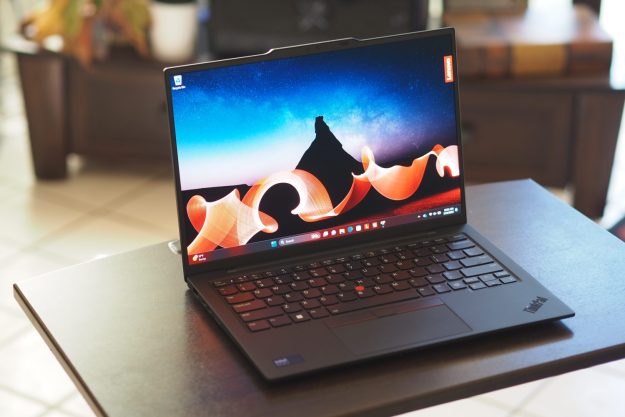If you’ve been online at any point this year, you’ve probably heard people talking about NFTs. Short for non-fungible tokens, NFTs are unique digital assets. They’re a type of cryptocurrency token. However, unlike a fungible token like Bitcoin, which can be swapped for other interchangeable tokens, NTFs are non-fungible, meaning that they are entirely unique.
It’s a way of creating scarcity online and providing proof of authenticity and ownership. It’s most commonly applied to digital art, although it can really be applied to just about anything where uniqueness is the chief selling point.
While NFTs seem like they’ve arrived out of nowhere, they do, in fact, trace back a few short years. Want to know where they come from so you can sound halfway informed the next time the subject comes up on the Clubhouse app, or when you’re asked to explain them to an elderly (read: over the age of 35) relative? You’ve come to the right place.
2012: Colored Coins
If NFTs were a superhero movie, then Colored Coins would be the origin movie. Initially issued on the Bitcoin blockchain for as little as a single satoshi, the smallest unit of currency, Colored Coins had a lot in common with current NFTs.
While not as sophisticated, the idea was to use the blockchain for assets like digital collectibles, coupons, property, company shares, and more. Colored Coins were mentioned in a 2012 article by Yoni Assia. Titled “bitcoin 2.X (aka Colored Bitcoin) — initial specs,” it describes the new technology. Later that year, a paper from Meni Rosenfeld titled “Overview of Colored Coins” discussed them as the new asset class they would become.
2014: Counterparty

Counterparty is a peer-to-peer financial platform and open-source, distributed Internet protocol constructed on top of the Bitcoin blockchain. It was among the early Bitcoin 2.0 platforms, and provided a way for users to create their own tradable currencies or assets. It was used for, among other things, meme trading, such as the Rare Pepe Directory.
The idea of tradable collectibles on the blockchain came with an advantage not afforded to real-world rare collectibles: Counterfeiting was all but impossible. Given the problem counterfeiting poses in the world of collectibles, that was enough to get people excited.
2017: Cryptopunks
Building on the popularity of the likes of the Rare Pepe Directory, creative technologists John Watkinson and Matt Hall created a set of 10,000 unique characters on the Ethereum blockchain, whereby no two were the same. The 10,000 Cryptopunks were rapidly snapped up and traded online.
The influence of the Cryptopunks project helped inspire the NFT ERC-721 standard and establish the current crypto art movement. You can follow the various trades that continue on the Cryptopunks project on a dedicated Twitter account. No, the prices for the individual characters aren’t exorbitant like some of the newer NTF creations. But it certainly helped set the template.
Also 2017: CryptoKitties

Following Cryptopunks, the next big NFT project involved cats (hey, it is the internet!). To quote its official description, CryptoKitties is “a game centered around breedable, collectible, and oh-so-adorable creatures [called] CryptoKitties! Each cat is one-of-a-kind and 100% owned by you; it cannot be replicated, taken away, or destroyed.”
Widely covered in the mainstream media, this project — which eventually spun out as a $12.5 million venture dollars-attracting startup called Dapper Labs — set the standard for NFT projects to come. As of the date this article was published, the most a single CryptoKitty has ever sold for is $390,000.
Also 2017: Decentraland
A decentralized, Ethereum-based VR platform, Decentraland lets players buy up empty parcels of 3D virtual space, measuring 10 meters by 10 meters. Its Initial Coin Offering (ICO) raked in a massive $26 million in just half a minute.
In Decentraland, gamers can explore, build, play games, collect items, and more. Imagine Minecraft, but for denizens of Burning Man instead of 13-year gamers, and you won’t be a million miles away.
2021: NFT goes mainstream

There’s an old saying that you know you’re in a financial bubble when your cab driver starts giving you investment advice. Similarly, you know that NFTs have gone mainstream when major rock bands start releasing their albums on NFT. That’s what happened in March when Kings of Leon announced that they were becoming the first band in history to release its latest album, When You See Yourself, on NFT.
That’s far from the only NFT milestone. Jack Dorsey, co-founder, and CEO of Twitter is selling an NFT of his first tweet, “just setting up my twttr,” via a platform called Valuables. Tech entrepreneur Justin Sun has so far offered him $2.5 million for it.
Meanwhile, in February, Grimes, musician, and partner of Elon Musk, sold some $6 million worth of NFT digital art.
And things are just getting started …


